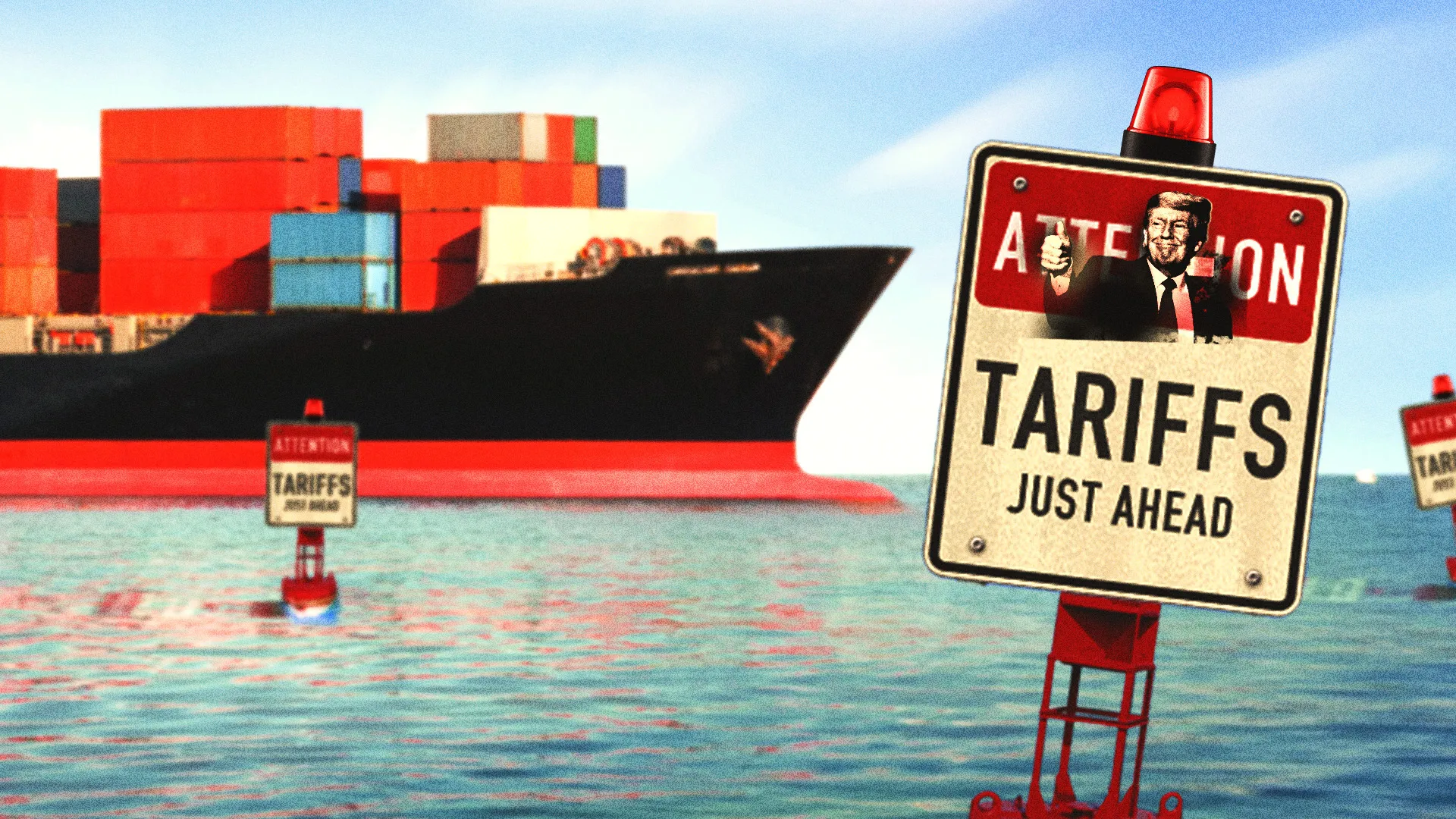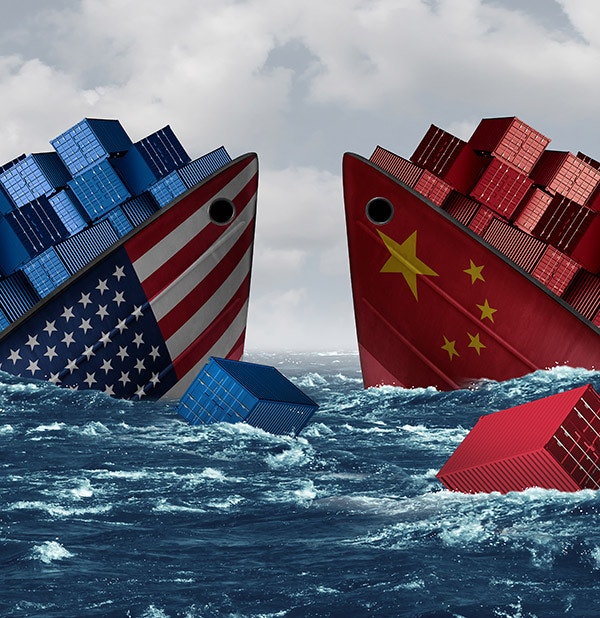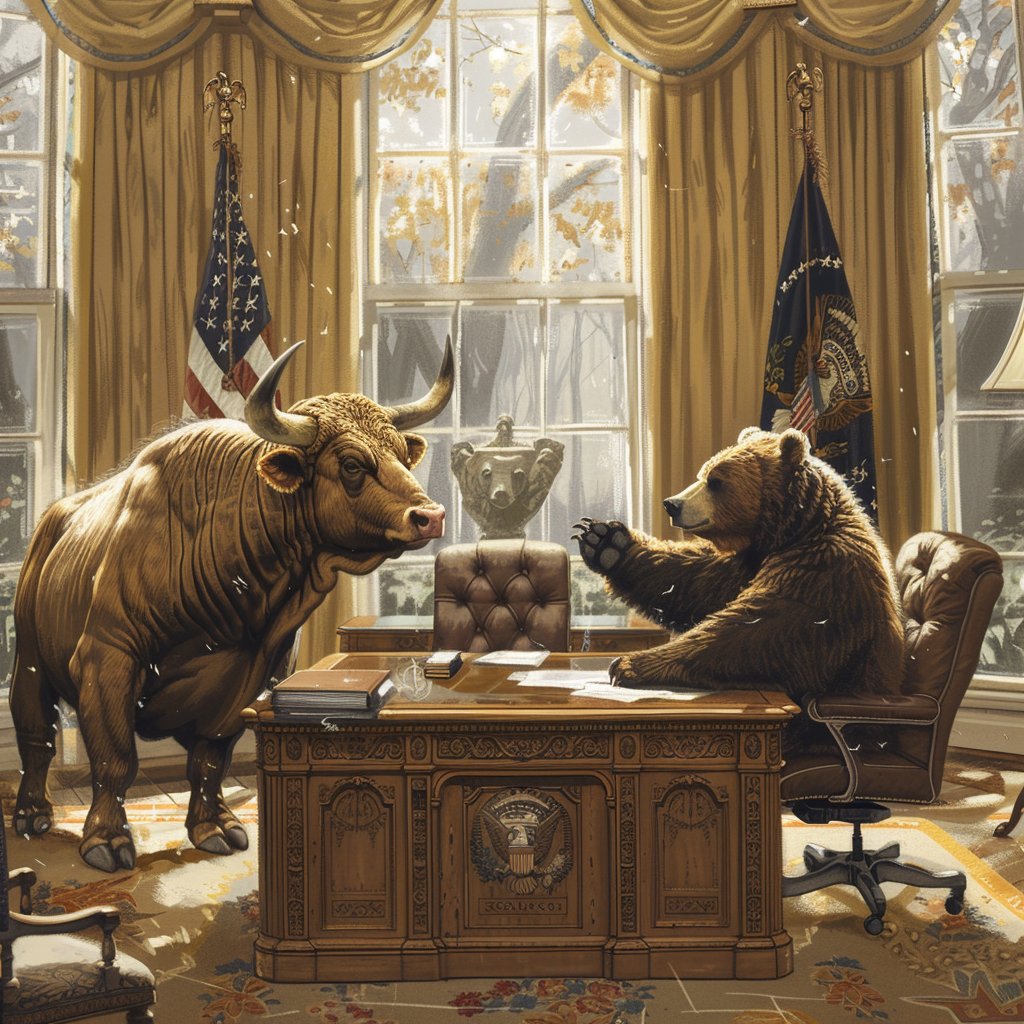January 2025
Good Morning, Good Evening, and Goodnight,
Welcome back to another market update, in this journal I’m going to talk about what tariffs mean for SCM processes. The sole purpose for me to do this is to spark a conversation with you in the future and maybe gain perspective of your thoughts and strategies.
“The more you learn, the more you earn” – Warren Buffett
In this journal I’m going to Daiiv into supply chain updates, market insights, and more into innovations. This is the first journal for 2025, and I’m excited to share that all my journals are published on my personal website: Daiviksuresh.com
A direct link to all my journals is here: CLICK ME!
Warning: Market talk ahead. This is not financial advice; most investments carry a risk of losing some or all of the invested capital.
Tariff 2025 outlook
The administration has two primary tools to increase tariffs without congressional approval—either by targeting specific countries or by targeting specific commodities. Both options aim to provide immediate protection from unfair trade practices and must go through a rulemaking process where the administration issues a draft rule, collects public comments, and then issues a final rule for implementation
60% tariff on Chinese goods,
25% tariff on imports from Mexico and Canada
10% to 20% tariff on imports from other countries

The data reflects that the proposed tariff measures could increase tariff revenues from $81 billion a year to nearly $900 billion a year. From an industry perspective, the hardest hit sectors would be motor vehicles, pharmaceuticals and medicines, computer and communication equipment, and oil & gas.
How does supply chain fit into this?
Higher production costs for companies that rely on foreign materials. This may result in higher prices for consumers and reduced profit margins for businesses that depend on offshore production.
Companies might consider reshoring (bringing production back to the U.S.) or nearshoring (moving production to nearby countries). This can help reduce dependency on foreign suppliers and improve supply chain resilience
With a focus on reshoring and improving domestic infrastructure, companies involved in construction, transportation, and logistics could see growth.
I believe we will also see a huge transformation within how automation and robotics can offset higher production costs by increasing efficiency and reducing labor expenses. With the use of AI technologies will enhance demand forecasting, inventory management, and overall supply chain planning.

Trade Wars
This can create a tit-for-tat cycle of escalating tariffs, leading to a full-blown trade war. Nobody wins in a trade war, and this will cause an increased costs for domestic consumers and businesses. The US will trade bully other countries, and I am certain that they will retaliate or cooperate…No in the between.
US-China trade war in 2018-2019: The US began imposing tariffs on various Chinese goods, including steel, aluminum, and other products. China retaliated with its own tariffs on US goods, such as agricultural products and automobiles. I.e. they started to purchase their soybeans and other crop from Brazil. With their shift away from us they ultimately increased our trade deficit in the Biden administration.
While the proposed 2025 tariffs present challenges for global supply chains, they also create opportunities for innovation in domestic production, regional trade partnerships, and advanced automation technologies. By strategically adapting to these changes, businesses can build more resilient and diversified supply chains, potentially fostering long-term economic growth and strengthening domestic industries.
If you would like to contact me, please navigate through my website, and find the best way to connect!
Sources
Written By:
-DAIVIK SURESH-



